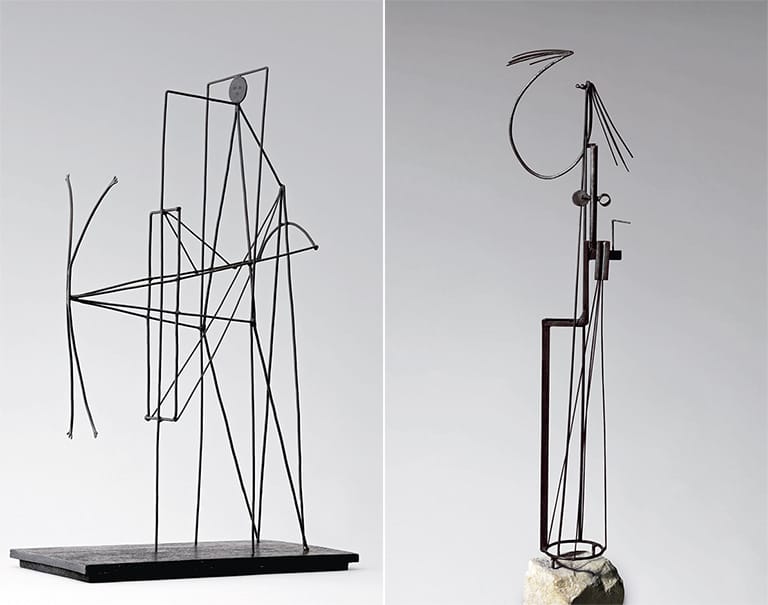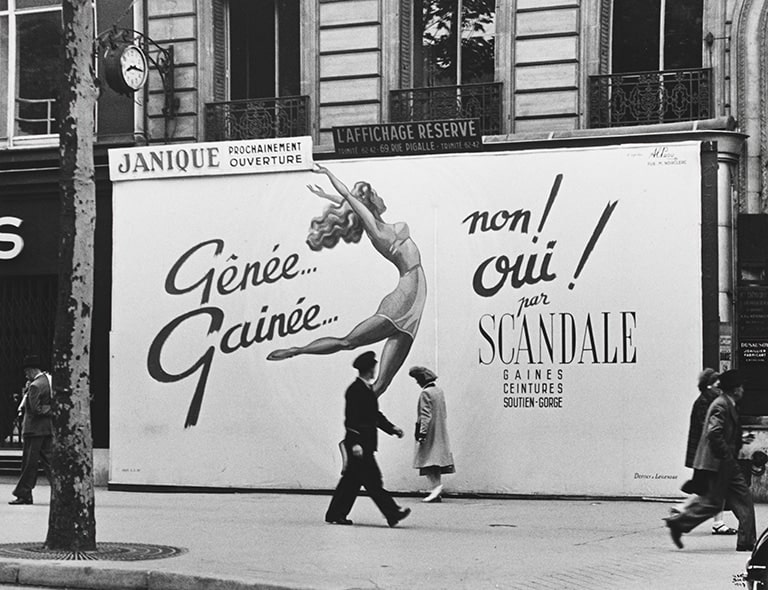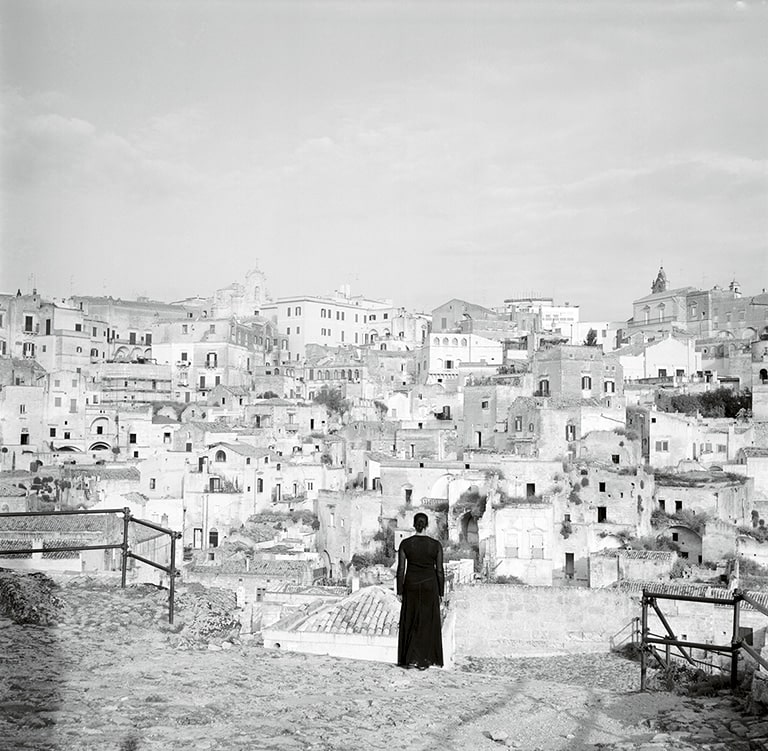Chicago

Robert Frank
Chicago, ca. 1956
© Courtesy Pace/MacGill Gallery, New York, 2020
© Fundación MAPFRE COLLECTIONS
Technique
Silver gelatin print
Dimensions
Printed area: 21.5 x 32.6 cm (8 7/16 x 12 13/16 in.)
Paper size: 28 x 35.5 cm (11 x 14 in.)
Inventory
FM000872
Object/Document
Later copy, ca 1970
Description
Robert Frank’s influence on his contemporaries and on later generations has been immense. His work represented a real escalation in the way of seeing and photographing subjects: with a radically new visual language. He worked impulsively, with a small format camera that provided an intuitive, personal vision. The way he expressed things was more emotional than the cool, remote documentary viewpoint of his friend and mentor, Walker Evans. However, the trip across the United States that gave rise to his book The Americans was the consequence of an earlier trip by Evans and his book American Photographs. Frank’s book became a milestone in the history of photography, but it was also widely criticized at the time as it showed an unfamiliar image of America: inhospitable, alienated, sterile, and with an eerie silence.
In formal terms, his photographs were also radical: there were no perfect images, they seemed fortuitous yet at the same time fresh, nothing was well-defined and everything seemed unstable, fragmentary, with images sometimes blurred, out of focus in the foreground, and tilted. He did not portray any defining moments, but rather moments in themselves that were sometimes difficult to understand and played against the popular notion of photography that Steichen and his well-known project The Family of Man represented. Frank’s images are deliberately ambiguous, filled with more questions than answers, and with the ability to spark similar experiences in other people.
Central Casting was taken in 1960 when Frank, devastated by the impact his book The Americans> had caused, almost gave up photography to focus on film. The girl in this photograph, who is probably waiting to do a screen test, stares outside the frame, lost in thought. Frank is not documenting the American experience in this photograph, but rather revealing his own experience, perception or feelings associated with the image. As he said about his photographs: “It was just pure feeling that I expressed visually.” Those moments have captured and recorded some of the artist’s innermost thoughts.
Frank’s gestural and intuitive style profoundly inspired the next generation of street photographers, who explored the urban environment in that fleeting, partial and transitory way that brought a new complexity to photography.
BROOKMAN, Philip. London/Wales. Göttingen, Alemania: Steidl, 2008.
FRANK, Robert. Partida. Göttingen, Alemania: Steidl, 2013.
FRANK, Robert. Household Inventory Record. Göttingen, Alemania: Steidl, 2013.
FRANK, Robert. Robert Frank: Valencia 1952. Göttingen, Alemania: Steidl, 2012.
FRANK, Robert. You Would. Göttingen, Alemania: Steidl, 2012.
FRANK, Robert. Robert Frank, Pangnirtung. Göttingen, Alemania: Steidl, 2011.
FRANK, Robert. Paris. Göttingen, Alemania: Steidl, 2008.
FRANK, Robert. Come Again. Göttingen, Alemania: Steidl, 2008.
FRANK, Robert. Hold Still–Keep Going. Zúrich, Suiza: Scalo Publishers, 2001.
FRANK, Robert. Flamingo. Zúrich, Suiza: Scalo Publishers, 1997.
FRANK, Robert. Thank You. Zúrich, Suiza: Scalo Publishers, 1996.
FRANK, Robert. Black White and Things. Washington, D.C.: National Gallery of Art & Scalo, 1994.
FRANK, Robert. The Lines of My Hand. Nueva York, NY: Pantheon, 1989.
FRANK, Robert. New York to Nova Scotia. Houston, Texas: Little, Brown and Company & The Museum of Fine Arts, Houston, 1986.
FRANK, Robert. The Americans. Nueva York, NY: Grove Press, 1959.
FRANK, Robert. Les Americains. Lausanne, Switzerland: Robert Delpire, 1958.
GALASSI, Peter. Robert Frank: In America, Göttingen, Alemania: Steidl y Cantor Arts Center, 2013.
TODOLÍ, Vicente. Robert Frank, Storylines. Göttingen, Alemania: Steidl 2004.




